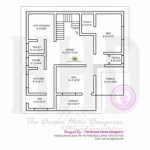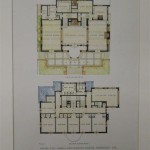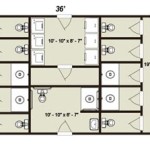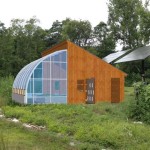Turn of the Century House Plans: A Glimpse into Architectural History
The turn of the 20th century, a period spanning roughly from 1890 to 1910, witnessed a remarkable evolution in architectural styles. This era, often referred to as the "Gilded Age," saw an explosion of wealth and prosperity, which fueled a surge in domestic construction. The resulting homes, characterized by their eclectic designs and opulent details, remain a testament to the artistic spirit of the time.
House plans from this period reflect a blend of architectural influences, drawing inspiration from historical styles such as Victorian, Queen Anne, Colonial Revival, and Arts and Crafts. These homes often featured intricate ornamentation, grand proportions, and a distinct emphasis on craftsmanship.
Key Features of Turn-of-the-Century House Plans
Turn-of-the-century house plans are easily recognizable by their unique features, which are often a reflection of the period's social and cultural values.
1. Emphasis on Ornamentation
One of the most striking aspects of these plans is their emphasis on ornamentation. From intricate moldings and carved details to elaborate gables and turrets, these homes were designed to be visually captivating. The use of decorative elements, such as stained glass windows, leaded glass panels, and elaborate porches, further enhanced the aesthetic appeal of these structures.
2. Grand Proportions
Turn-of-the-century houses were often characterized by their grand proportions. These homes typically featured high ceilings, spacious rooms, and expansive layouts. This emphasis on scale reflected the desire for comfort and elegance, as well as the social status of their inhabitants.
3. A Focus on Craftsmanship
The turn of the century witnessed a resurgence in craftsmanship. The homes of this era were constructed with high-quality materials and meticulous attention to detail. Skilled artisans, such as carpenters, masons, and blacksmiths, poured their expertise into creating these lasting works of art. From the hand-hewn beams to the intricate tilework, these homes showcase the exceptional craftsmanship that characterized the period.
Types of Turn-of-the-Century House Plans
Turn-of-the-century house plans encompass a wide variety of architectural styles, each with its own distinct characteristics. Some of the most popular styles include:
1. Victorian
Victorian architecture, which flourished throughout the late 19th century, continued to influence home designs in the early 20th century. Victorian homes typically feature elaborate ornamentation, steep roofs, and asymmetrical facades. Common features include gables, dormers, bay windows, and intricate gingerbread trim.
2. Queen Anne
Queen Anne architecture, a subset of Victorian style, is characterized by its whimsical and asymmetrical designs. Queen Anne homes often feature a mix of architectural elements, including towers, turrets, and wrap-around porches.
3. Colonial Revival
The Colonial Revival style, inspired by the architecture of early American colonists, gained popularity in the early 20th century. Colonial Revival homes are characterized by their symmetrical facades, simple lines, and Palladian windows. Common features include a central entrance, a gable roof, and a simple, uncluttered design.
4. Arts and Crafts
The Arts and Crafts movement, which emerged in the late 19th century, emphasized simplicity, functionality, and a connection to nature. Arts and Crafts homes often feature natural materials, such as stone, wood, and brick, and a focus on handcrafted details. These homes also often incorporate elements of traditional craftsmanship, such as hand-hewn beams and exposed rafters.

100 Turn Of The Century Brick Bungalows With Floor Plans Dover Architecture House Blueprints Vintage

What Is A Craftsman Style House Design Architectural

Pin On American Foursquare

12 Contemporary Modern House Plans Small Luxury Designs Blog Eplans Com

100 American House Plans And Architectural Home Designs 1903 In 2024 Vintage

Turn Of The Century House Designs Builder S Book Inc

1903 Radford American Home No 574 House Plans Vintage How To Plan

What Houses Used To Look Like 100 Years Ago Family Handyman

6 Bedroom House Plans Houseplans Blog Com

Victorian House Plans Floor The Designers








